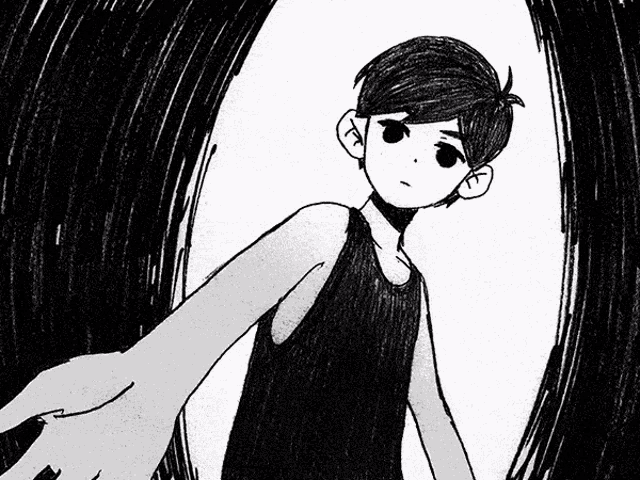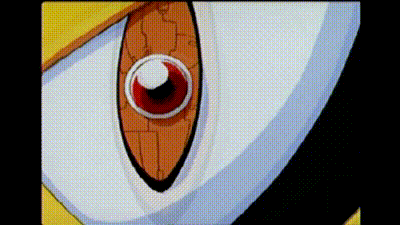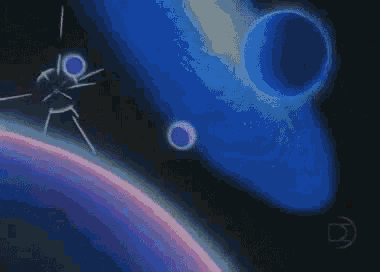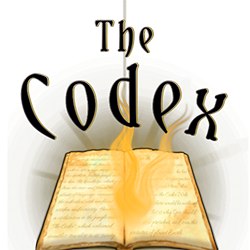The official discord link if you wish to join the discord: https://discord.gg/j5RKwCvAFu
The background art comes from Cherylann1960.
Threat Level: Difference between revisions
m |
m |
||
| Line 6: | Line 6: | ||
|- | |- | ||
|width="15%" style="background:black; border-radius:3.25px;"|'''Terminology''' | |width="15%" style="background:black; border-radius:3.25px;"|'''Terminology''' | ||
|[[Alignment]] - [[Status]] - [[Protection Level]] - [[Threat Level]] - [[Cardinality]] - [[Dimensionality]] - [[Attack Potency]] - [[Durability]] - [[Speed]] - [[Reactions]] - [[Lifting Strength]] - [[Striking Strength]] - [[Range]] - [[Intelligence]] - [[Powers and Techniques]] - [[State of Being]] - [[Physiology]] - [[Equipment]] - [[No Limits Fallacy]] - [[Omnipotence]] - [[Cinematic Time]] - [[Canon]] - [[Canon|Crossover]] - [[Multipliers]] - [[Environmental Destruction]] - [[Bloodlust]] - [[Chain Reactions]] -[[Outside Help]] - [[Space]] - [[The Kardashev Scale]] - [[Infinity]] - [[Power Source]] - [[Light Speed]] - [[Requirements for Speed of Light/Faster Than Light Speeds]] | |[[Alignment]] - [[Status]] - [[Protection Level]] - [[Threat Level]] - [[Cardinality]] - [[Dimensionality]] - [[Attack Potency]] - [[Durability]] - [[Speed]] - [[Reactions]] - [[Lifting Strength]] - [[Striking Strength]] - [[Range]] - [[Intelligence]] - [[Knowledge]] - [[Powers and Techniques]] - [[State of Being]] - [[Physiology]] - [[Equipment]] - [[No Limits Fallacy]] - [[Omnipotence]] - [[Cinematic Time]] - [[Canon]] - [[Canon|Crossover]] - [[Multipliers]] - [[Environmental Destruction]] - [[Bloodlust]] - [[Chain Reactions]] -[[Outside Help]] - [[Space]] - [[The Kardashev Scale]] - [[Infinity]] - [[Power Source]] - [[Light Speed]] - [[Requirements for Speed of Light/Faster Than Light Speeds]] | ||
|- | |- | ||
|style="background:black; border-radius:3.25px;"|'''Standards''' | |style="background:black; border-radius:3.25px;"|'''Standards''' | ||
|[[Transcendence]] - [[Creation vs Destruction]] - [[Outlier]] - [[Ludonarrative Dissonance]] - [[Inconsistency]] - [[Plot-Induced Stupidity]] - [[Reality - Fiction Interaction]] - [[Powerscaling]] - [[Black Hole]] - [[Wormhole]] - [[Stabilization Feats]] - [[Merging Feats]] - [[Embodying Feats]] - [[Data World Standards]] - [[Dream World Standards]] - [[Standard Battle Assumptions]] - [[One-Shot]] - [[Speed Blitz]] - [[Penetration Damage]] - [[Death of the Author]] - [[Versus Threads]] - [[Information Pages]] - [[Light Dodging Feats]] - [[Lightning Standards]] - [[Timeless Void Standards]] | |[[Transcendence]] - [[Creation vs Destruction]] - [[Outlier]] - [[Ludonarrative Dissonance]] - [[Inconsistency]] - [[Plot-Induced Stupidity]] - [[Reality - Fiction Interaction]] - [[Powerscaling]] - [[Black Hole]] - [[Wormhole]] - [[Stabilization Feats]] - [[Merging Feats]] - [[Embodying Feats]] - [[Data World Standards]] - [[Dream World Standards]] - [[Standard Battle Assumptions]] - [[One-Shot]] - [[Speed Blitz]] - [[Penetration Damage]] - [[Blunt Force Damage]] - [[Death of the Author]] - [[Versus Threads]] - [[Information Pages]] - [[Light Dodging Feats]] - [[Lightning Standards]] - [[Timeless Void Standards]] | ||
|- | |- | ||
|style="background:black; border-radius:3.25px;"|'''Formats''' | |style="background:black; border-radius:3.25px;"|'''Formats''' | ||
Revision as of 17:32, 16 June 2024
Introduction
Threat levels are designations given to characters depending on how much they decide to threaten a general area. Normally ranging from urban areas to global threats and reaching all the way into the cosmic and multiversal threats, these characters showcase great power whether it be physical or mental.
Threat Levels
Mental Threat

A direct mental subconscious part of someone that can at times even fully take over said character and turn them into a completely different person.
- Examples: Omori, The Symbiote (Marvel Comics)
Digital Threat

One that's a threat to an entire digital network, this can range greatly from simply turning someone's computer off, to messing with technology worldwide.
- Examples: Computer Hackers
Street Threat

Standard threats that can be found in common urban neighborhoods. One could also consider them an urban threat, being a threat to an overall area.
- Examples: Common Thugs, Burgulars
Metropolitan Threat

Threats to entire cities and metropolitan areas. These characters tend to want to take over a city or metropolitan area.
Global Threat

Threats to an entire global area. This can span multiple areas on a planet to the entire planet itself.
- Examples: Dr. Wily (Mega Man)
Cosmic Threat

Threats to cosmic areas, this can extend from solar systems, galaxies, star clusters, and even the universe itself.
- Examples: Frieza
Multiversal Threat

Threats to multiple universes, this does not require an entire multiverse, but merely multiple universes.
- Examples: Zeno
Notes
- Characters do not get a threat level designation based off their tier but what they're shown to be a threat to in an overall area. While one's tier can be used to showcase them being a threat level, I.E. a city level being threatening to destroy a city, this does not require them to be city level in order to be a metropolitan threat as an example. For another example, Frieza from Dragon Ball, is currently rated around 7-B to 6-C but he is still considered a cosmic threat as he traverses the galaxy and acts as its galactic emperor, and at times emperor of the universe.
- A threat state can refer to one that's a threat to life rather then how much they can destroy. A person that's a threat to all life in the universe or that must be defeated to "save the universe" or someone "battling for the fate of the universe" would of course be a cosmic threat.
- Mainly villains apply for threat states, though some heroes can get it if they meet one of the following requirements:
- The narrative goes out of their way to note how much of a threat they themselves are to the world, despite being a hero.
- The narrative goes out of their way to note how much of a threat they'd be if they were a villain.
- They're given a potential threat level through direct statements.
- A comparison to an evil counterpart of themself that comes from an alternate timeline.
- If a villain acknowledges that the character joining them would allow them to conquer the world.
